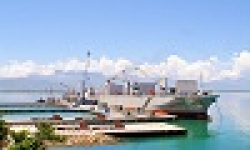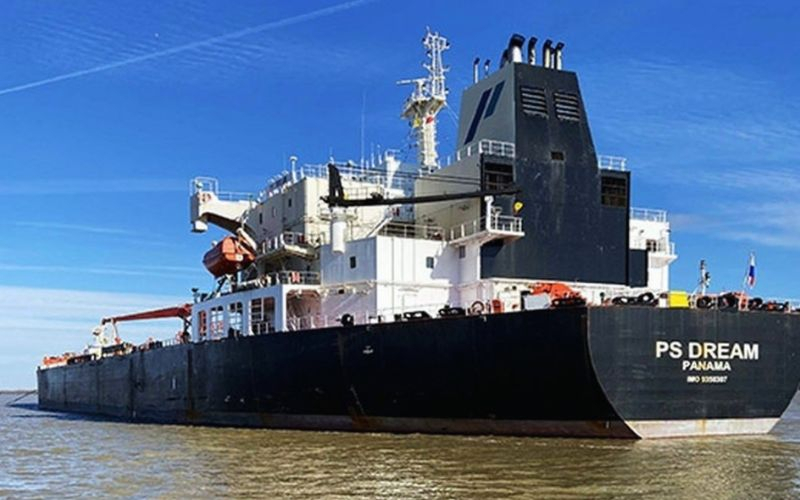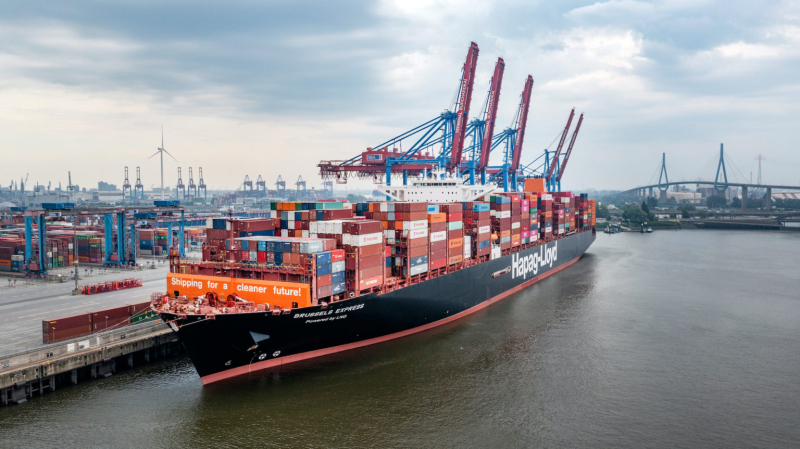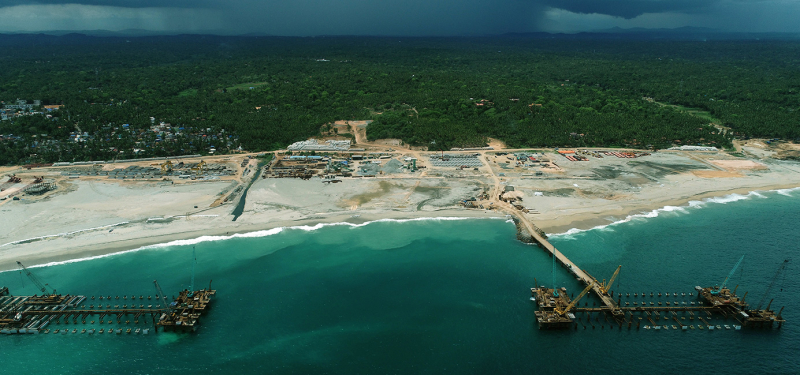
Container News identifies the key maritime trade “hotspots” set to shape the shipping industry in 2025. These regions, where geopolitical risks intersect with economic dynamics, are poised to redefine global shipping routes.
Stakeholders, including shipping companies, port and terminal operators and governments among others, must navigate these risks through enhanced security measures, diplomatic engagements, and regional cooperation to ensure the safety and reliability of key maritime trade routes.
The strategic management of these risks is crucial for maintaining global trade efficiency and stability.

Each of these areas presents unique challenges and risks that can impact global shipping routes, trade flows, and maritime security.
Taiwan Strait
The Taiwan Strait is a flashpoint in China-Taiwan relations, with significant implications for international shipping. Given its strategic location, any increase in military tensions or conflict could disrupt one of the world’s busiest shipping lanes, affecting global supply chains and increasing shipping costs due to rerouted traffic and heightened security measures.
South China Sea
This region is critical for maritime trade, with over US$3 trillion worth of global trade passing through annually. The ongoing territorial disputes involving multiple countries, including China, the Philippines, Vietnam, and Malaysia, coupled with China’s militarization of various islands, create a volatile environment that could lead to conflicts and disrupt shipping routes. Moreover, China’s assertion of its claims over this maritime space challenges freedom of navigation, raising concerns among trading nations and potentially leading to international confrontations.
Dual-Use Ports by China
China’s development of dual-use port facilities in strategic locations like Djibouti, Gwadar in Pakistan, and Hainan province enhances its ability to project military power and influences key maritime trade routes. These ports, while facilitating commercial trade, also serve military objectives, adding a layer of strategic complexity and potential conflict points, especially with nations wary of China’s expanding maritime capabilities.
Gulf of Guinea
The Gulf of Guinea remains a hotbed for piracy and maritime crimes, significantly impacting the security of maritime trade. The lack of effective maritime governance in the region leads to increased risks of cargo theft, kidnapping, and smuggling. These threats necessitate higher security measures, insurance costs, and potentially longer shipping routes to avoid high-risk areas.
Panama Canal
Recurrent droughts affecting the Panama Canal’s water levels lead to operational constraints, such as draft restrictions that limit the load ships can carry. This affects the economics of shipping routes that rely on the canal, especially for bulk carriers and LNG tankers. Such environmental challenges necessitate adaptive measures and potentially expensive infrastructural upgrades to ensure the canal’s operational resilience.
Black Sea
The geopolitical dynamics in the Black Sea, influenced by Russian activities in Crimea and Eastern Ukraine, have direct implications for maritime security and trade in the region. The area’s instability can affect shipping routes, oil and gas transport, and the overall security architecture of Eastern Europe.
Bab-el Mandeb and Hormuz Strait
Both the Bab-el Mandeb and the Hormuz Strait are critical chokepoints for global energy supplies and trade flows. The ongoing conflict in Yemen poses risks to Bab-el Mandeb, potentially allowing for disruptive activities like missile and drone attacks on shipping. Similarly, the Strait of Hormuz faces threats from Iran’s geopolitical maneuvers, which could disrupt oil flows and lead to significant global economic repercussions.





























